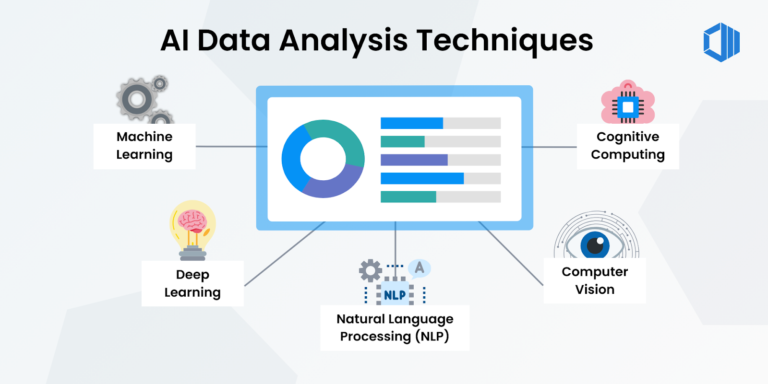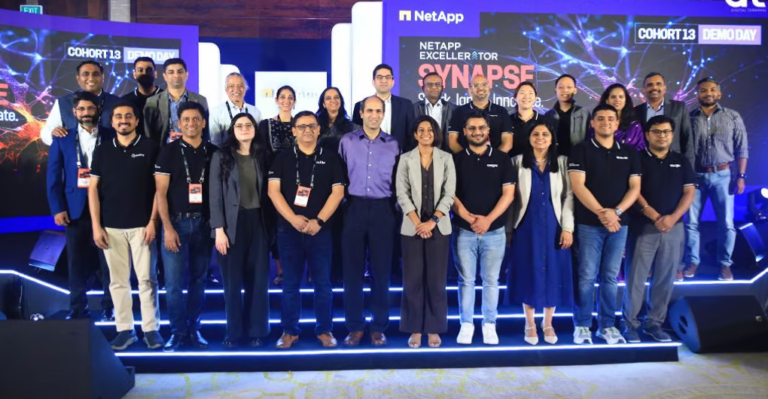Hyundai and Kia Robotics LAB Revolutionize Wearable Technology
The Robotics LAB of Hyundai Motor and Kia is again coming up with standards in wearable technology as it presents the X-ble Shoulder wearable robot. Intended to increase productivity in industrial settings and minimize injuries to employees who perform overhead tasks, the X-ble Shoulder is a new product that is under development. It is proposed that such deliveries will occur early in 2025; therefore, it is a crucial move towards the creation of useful wearable robotics.
What is the X-ble Shoulder?
The X-ble Shoulder is an industrial wearable robot that enhances the upper arm muscles’ force output and reduces the load in overhead tasks. It differs from conventional powered systems by having a muscle compensation non-electrical module to produce the assistive force. This feature is also important in energy efficiency and they also help in minimizing the level of maintenance needed.
The X-ble Shoulder is made from carbon composite to keep shoulder load at just 40% and muscle stress at 10%. It has been designed to fit various work environments and has incorporated impact resistant materials to protect the user’s comfort. Based on the pilot trials where more than 300 workers participated, key factors that guided its development include; ease of use, no constraints on movement, and adjustable assistive force.
Features of X-ble Shoulder:
The wearable robot is available in two versions:
- Basic Version: Ideal for tasks requiring constant alterations of posture with support ranging from 2.9 kgf.
- Adjustable Version: Designed for training iterations with up to 3.7 kgf of additional force.
Both models enable the operation of the arm from 0 to 180 degrees without any restrictions. The robot is lightweight, only weighing 1.9 kg, with the body length also being adjustable to fit different users. Its vest which is detachable and washable also increases its usefulness.

Applications and Benefits
Another area where Hyundai and Kia’s Robotics LAB have adapted the X-ble Shoulder is construction, aviation, logistics, and manufacturing. This wearable robot does not only increase efficiency on the job but also protects the workers in settings where overhead work is needed for long periods of time.
The device is an example of Hyundai and Kia’s focus on bringing new innovations in safety, efficiency, and usability. The effect is not only industrial, as Robotics LAB also targets more general areas such as health and defense.
Future Plans for Robotics LAB
In addition to the X-ble Shoulder, Robotics LAB is working on other wearable products such as the X-ble Waist for lifting and the X-ble MEX for rehabilitation. These innovations are in accordance with the increasing global demand for wearable robots as the market is estimated to rise from $2.55 billion in 2024 to $10.25 billion in 2029.
Through the application of their own technologies, Hyundai and Kia’s Robotics LAB are ideally positioned to dominate the global wearable robotics market and improve the ease and safety of working environments for workers.
Source:: hyundai.com















